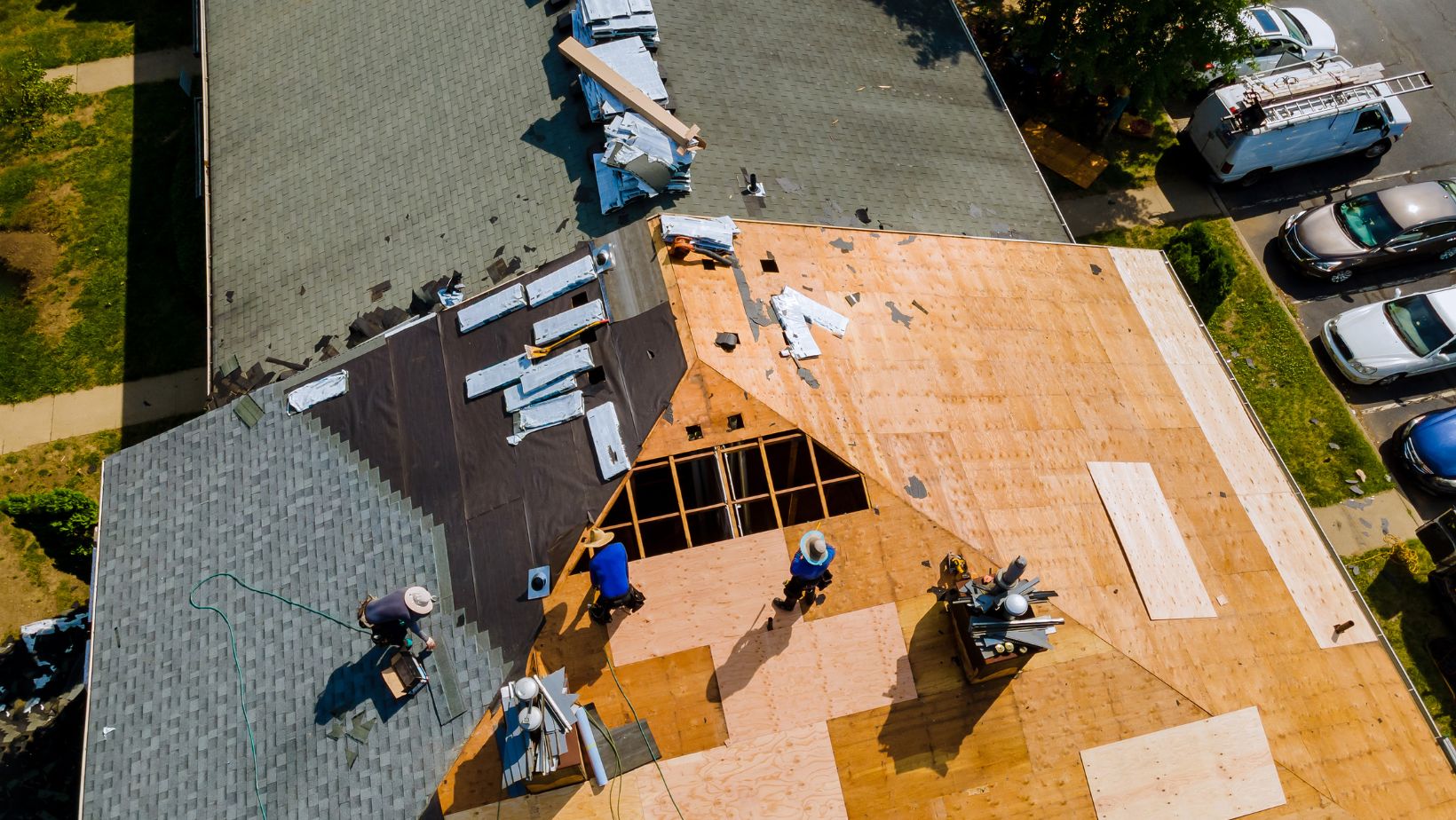
If your current roof is aging or has suffered significant damage, investing in a new one is crucial for maintaining your home’s safety, value, and efficiency. However, with so many materials, costs, and installation factors to consider, the process can quickly become overwhelming. A poorly planned roof replacement could lead to unexpected expenses or structural issues. Read on for five key considerations to keep in mind before starting your roof replacement project.
Choose The Right Roofing Material
One of the most significant decisions you’ll make is selecting the right materials for your new roof. The material you opt for affects durability, cost, maintenance, and aesthetic appeal. Common roofing materials include asphalt shingles, metal, clay tiles, and slate. A well timed roof replacement not only protects your home from weather damage but can also enhance energy efficiency and curb appeal.
Most homeowners find themselves debating shingle vs metal roofing when choosing a material. Asphalt shingles are affordable and come in various styles, making them a practical option if you’re budget-conscious. However, metal roofs are popular for their longevity, energy efficiency, and resistance to harsh weather conditions.
If you prioritize cost and a traditional aesthetic, opt for shingles. However, if durability and long-term savings are key factors, metal roofing might be the better investment. Be sure to weigh each material’s pros and cons before deciding.
Compare Cost Vs Longevity
A new roof can be a significant financial commitment, so ensure you balance cost with longevity. For instance, while asphalt shingles are the most budget-friendly option, they typically last only 10 to 30 years.

Metal roofs and tile roofing systems can last up to 50 years or more but require a higher initial investment.
Before investing, consider the long-term savings of durable materials, including lower maintenance costs and energy efficiency. If you intend to stay in your home for decades, investing in a higher-quality material may save money in the long run.
Understand Installation Requirement
Different roofing materials require a specific installation process, affecting labor costs and project timelines. For instance, materials like slate or clay tiles require reinforced structural support due to their weight. Metal and asphalt shingles are lighter and easier to install.
Be sure to familiarize yourself with your local building codes and regulations. Hire an experienced contractor to ensure proper installation and adherence to safety regulations.
Consider Energy Efficiency And Insulation
A well-insulated and energy-efficient roof can lower heating and cooling costs while improving indoor comfort.

Materials like metal, cool asphalt shingles, and clay tiles reflect heat, reducing energy consumption. Be sure to also invest in proper attic insulation and ventilation to prevent heat buildup in summer and retain warmth in winter. This will enable you to prevent issues like ice dams and moisture damage.
Hire The Right Contractor
Choosing a reputable roofing contractor can help you ensure quality results, prevent costly mistakes, and enable you to get the most out of your investment. Since roofing is a significant project, hiring an inexperienced or unlicensed contractor can lead to subpar results, safety risks, or even legal issues. Below are tips for hiring a contractor for your roofing project:
- Check for licensing and insurance: Ensure the contractor is licensed to operate in your area and carries liability insurance and workers’ compensation. This protects you from liability in case of accidents or damage during the project.
- Look for experience and reputation: Choose a contractor with a proven track record in the roofing industry. Check online analysis, ask for references, and look at past projects to assess the reliability and quality of their work.
- Get a detailed written estimate: Request a comprehensive estimate that outlines labor costs, materials, timelines, and any additional fees. Avoid vague or verbal agreements to prevent unexpected charges later.
- Ask about warranties and guarantees: A trustworthy contractor should offer manufacturer warranties on materials and quality guarantees. This ensures you’re covered in case of defects or poor installation.
Endnote
Replacing your roof requires careful planning and informed decision-making. Be sure to consider factors like material selection, cost vs longevity, installation requirements, and energy efficiency to ensure a durable and cost-effective roofing upgrade.












